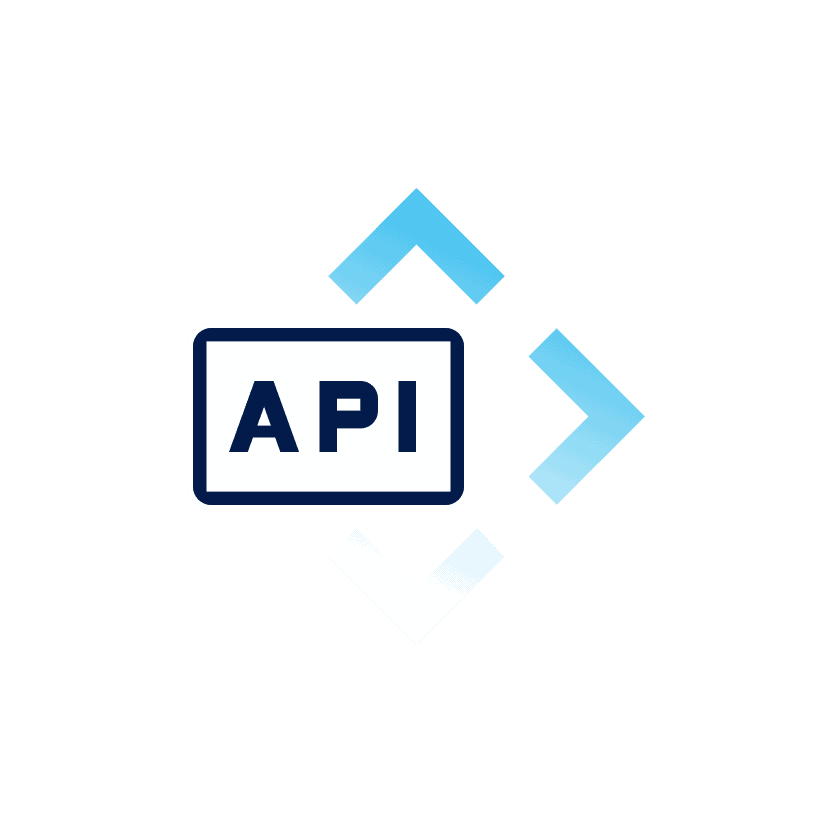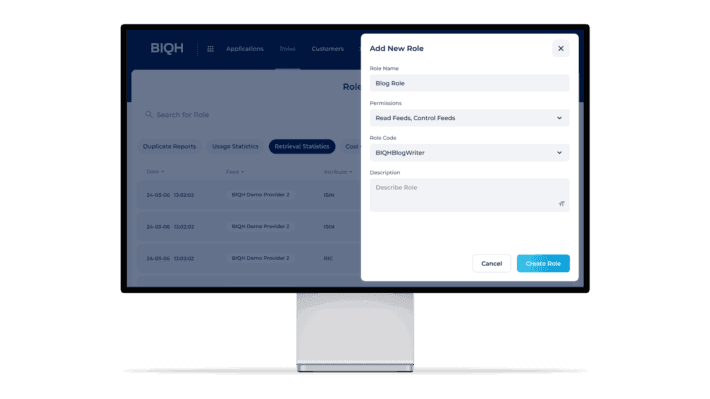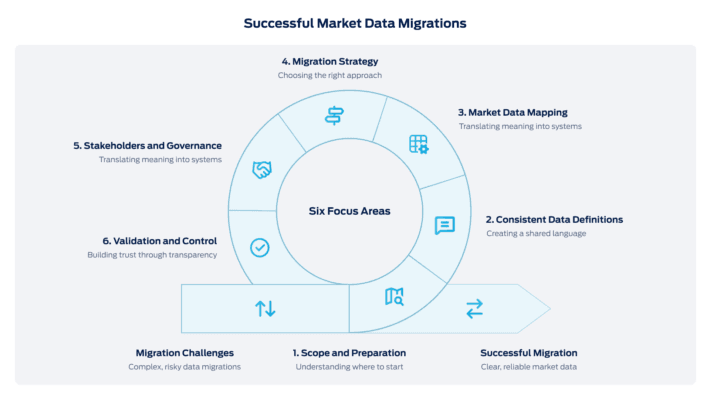API on the Fly

Introduction: the challenge of data overload
Picture a big bowl filled with every color of M&M’s: red, blue, green, orange, and more. You really only want the yellow ones, but each time you scoop, you end up with a random assortment. This is exactly how many traditional APIs deliver data. You ask for one or two data fields, yet you receive a mountain of extra information. Filtering out the relevant data manually can be overwhelming, especially when speed matters.
Imagine you want to change your data needs because, for data compliance reasons, you need to report on an additional data field. Every time you create a request like this at your current MDM provider, you might have to wait up to nine months because of limited IT capacity, or you have to escalate through many layers to get it done earlier. In Market Data Management, it often works exactly like this
You might need to add extra data fields to your assortment and face a long delay, you want fewer data fields to be processed, but still end up waiting for this change to be realized. And to make it worse, with every change the whole output needs to be verified again, because the system will always provide you with everything that needs verification. This can be frustrating, slow, and discouraging, especially since your departments are waiting on you to deliver this change.
Many financial institutions still rely on older systems that run on-premise or on cloud platforms with rigid APIs. Requesting even a simple addition to the data model might involve multiple IT and management approvals. On top of that, these older systems often come with deeply entrenched configurations. Each upgrade can involve revisiting layers of code, hardware, and user permissions. It is easy to feel stuck or powerless when navigating a drawn-out process where every step takes more time than you have.
The problem with traditional APIs
Traditional APIs are typically built around fixed endpoints that serve a standard set of data. This setup is like a system that always delivers all the data configured within the traditional API, even if you only need a single field. When your system is bombarded with unneeded data, you have to filter and clean it before using it. Over time, this repeated extra work can weigh heavily on teams looking for greater efficiency.
Adding a new field is often even more challenging. A seemingly simple request—a new data field—can involve code changes, testing, redeployment, and approvals. While some companies can live with this slow speed, most business domain user find it frustrating. With so many moving parts in the market, long waits for data updates can be a real barrier to making timely decisions.
To make it worse, these traditional APIs are almost always shared between multiple customers, meaning that with every change performed for (another) customer, you’re faced with possibly a new change on your end as well. This again brings another complexity level with it.
The power of GraphQL
GraphQL offers a refreshing alternative by addressing the shortcomings of traditional API structures. Unlike fixed endpoints, GraphQL allows organizations to define precise, customized queries, retrieving only the data they need. This approach minimizes unnecessary data processing, optimizes performance, and ensures efficient use of IT resources. GraphQL lets you request only the data you need, reducing waste and improving efficiency. Instead of sorting through extra data, you make a precise query for only the data fields you need. That level of control can feel liberating when you are used to sorting through piles of mismatched information.
Another advantage is that GraphQL can evolve without forcing everyone to start from scratch. If you decide you need a new field, you simply include it in your query. There is no need to overhaul existing endpoints or disrupt everyone else’s work. Market data platforms that implement GraphQL gain a competitive edge through unmatched adaptability and responsiveness. Changes to the data model are applied instantly, ensuring backward compatibility of your API calls when the data model is changed, eliminating the need to restructure API calls. This reduces reliance on IT departments and allows real-time updates without disruption. This brings you in control of your own endpoint, which you can create, customize, and manage, making you much less dependent on changes from outside sources (e.g., endpoint changes, expansions, or modifications driven by other customers).
CI/CD and why automation matters
Even with a flexible querying language like GraphQL, your data model still needs to stay actual. This is where Continuous Integration and Continuous Deployment (CI/CD) becomes essential. Think of CI/CD as a well-choreographed routine that ensures your system updates immediately whenever a change is made.
In this pipeline, each proposed update is automatically tested to confirm it works with existing components. Once approved, it is rolled out so users can access it right away. This cuts down on manual steps and dramatically shortens the timeline from “we need a new data field” to “it is live for everyone to use.” Instead of taking months, the update might be ready in days or hours. In a field that values timeliness, this kind of efficiency can be a huge advantage.
How BIQH addresses these challenges
BIQH combines a dynamic data model, GraphQL integration, and a robust CI/CD pipeline to overcome the common frustrations of legacy setups. With the simple user interface, it is really easy for all users to request new data fields. Using the market data platform services of BIQH, the new (custom-specific) data fields will be added to the BIQH model in a few days. Shared collaboration is a big advantage of the BIQH services. Once a new data field is added by BIQH and is not custom-specific, our CI/CD pipeline automatically processes it, generates a new GraphQL API based on the updated data model, and makes it instantly available to all customers to use. Sounds logical? We think so too.
Conclusion: the path to flexibility
Adding a single data field should not take nine months. Traditional systems create inevitable delays, but modern solutions can make these changes instantly. By leveraging a dynamic data model, GraphQL, and automation through Continuous Integration and Deployment, BIQH ensures that you receive exactly the data you need. You get it when you need it. It is just like scooping only the yellow M&M’s, without the hassle of sorting through all the others.
Curious how this could work for you? Get in touch or request a Demo to experience the friendliness of the API yourself.


